How to Create Purpose For Your Story: Top 5
Photo by Nataliya Vaitkevich from Pexels
Do you know the purpose of your story? The purpose is the reasoning behind you writing it and me reading it. There needs to be something that pushes the readers and you forward, but what is it? What kind of story do you want to end up with? It’s essential to answer these questions if you want a successful book. Below, I’ve listed five tips on how you can create purpose for your story.
1. Avoid Filler Events
Yeah, this is a big one. Often, writers may think there needs to be a set of events that don’t necessarily matter to the story, yet the writer may believe these pieces of the story need to be written because they help better convey the character or plot. I mean, life isn’t just action and adventure, right? There are boring moments. So, why wouldn’t those be added to your story? Because they’re boring. Stories aren’t life. They emulate life, some may come close to being life-like, but they are stories read for entertainment, and probably to get out of the “boring” pieces of life. We talk about this in how to craft a scene.
2. Create Conflict
The best sort of story has conflict. The reason? Readers love it. Sure, everyone likes different types of conflict, some like interpersonal relationship conflict, or if you’re like me, you enjoy conflict within the character or between the protagonist and antagonist. These are easy and enjoyable (or not so enjoyable) moments in your story. They create depth to your story and characters, which adds purpose. If you’re having trouble creating content, rather then adding filler events, try adding conflict.
3. Have a Strong Theme
The theme creates meaning behind your story and is expressed in your plot and throughout your character’s journeys. It has been called the “heartbeat” or the “soul” of the story (Star Wars, anyone?). How can your theme reflect your story or enhance the purpose? Find a specific theme that you enjoy and start writing. See what comes of it.
4. Add an Antagonist
Your story can’t succeed without conflict. Give your protagonist an antagonist. The “bad guy” in the story could be as abstract as what’s happening in the protagonist’s mind (Think: Crime and Punishment), or another person, which is the most common. Give your main character a bad guy to defeat or to be defeated by.
5. Create Goals
We’ve talked a lot about conflict, but what about goals? These are the things your character requires to give their story meaning. In Lord of The Rings, Frodo’s goal was getting rid of the ring. In the Hunger Games, Katniss’ goal wasn’t to overthrow the Capitol, it was to survive, and to do that she had to overthrow the Capitol.
These goals push your characters forward, which pushes the story forward, giving your book purpose. Stay tuned for more writing tips.
Elizabeth Suggs is the owner and founder of Editing Mee. When she’s not writing or editing, she loves to dive deep into books (the weirder, the better!), and she loves to take random long walks to unplanned destinations.



